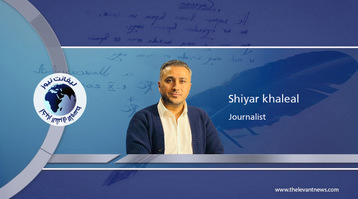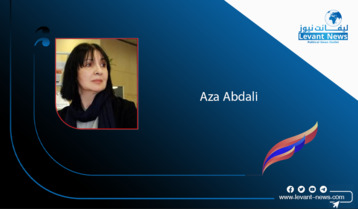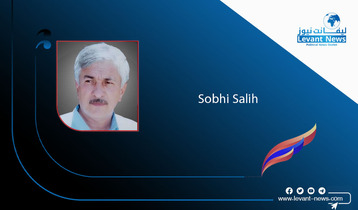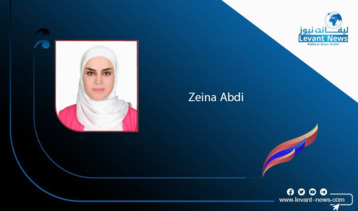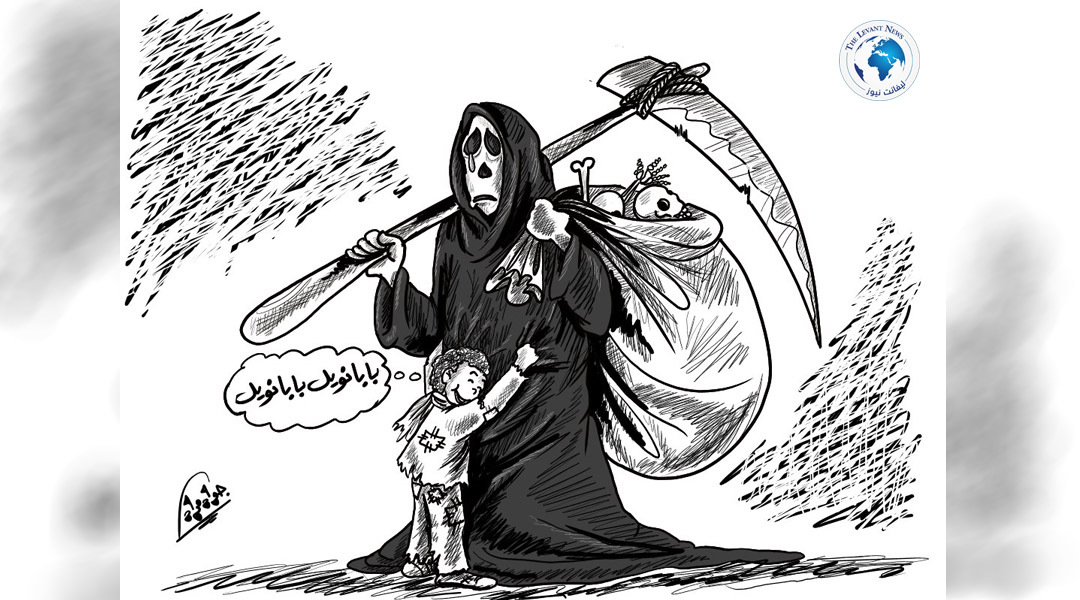-
How can the Mullah regime be overthrown and what is the real alternative?
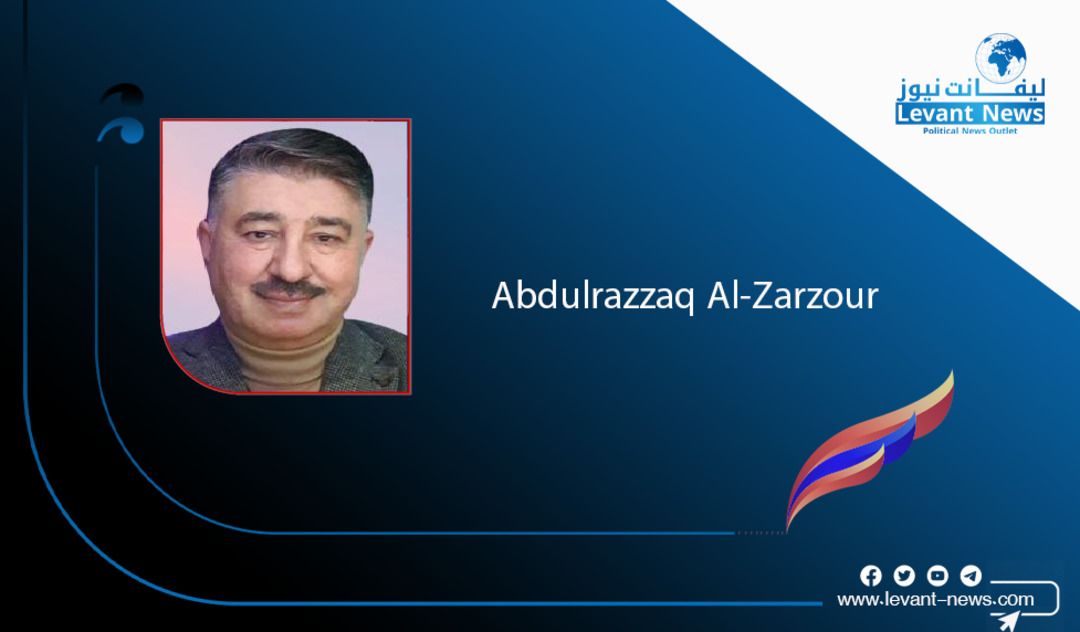
Today, Iran is experiencing an unprecedented explosive situation, with the Velayat-e Faqih regime facing multiple crises threatening its existence. After 46 years of corruption, theft, and repression, the regime has lost all political and religious legitimacy and has become incapable of confronting the economic and social challenges sweeping the country. In this article, we examine the equation for overthrowing the regime, which consists of three main parties: the regime itself, the angry Iranian society, and the organized resistance, with a focus on the true alternative for Iran's future.
The First Party: The Velayat-e Faqih Regime on the Brink of Collapse
The regime suffers from internal and external crises that place it in an unenviable position. Economically, rampant inflation, escalating unemployment, systemic corruption, along with international sanctions, have destroyed the foundations of Iran's economy. Citizens are on the brink of a livelihood collapse, facing daily struggles to secure basic needs such as water, electricity, and bread. These conditions have sparked widespread protests, reflecting the deep gap between the people and the regime.
Politically, the regime has lost support from traditional powers such as clergy and bazaar merchants, and its religious and political legitimacy has eroded. Even regime officials admit their inability to solve problems. On the security front, oppressive forces are exhausted, with increasing divides within security agencies. Externally, the regime has suffered strategic blows in the region, with defeats of its allies such as Hezbollah in Lebanon, the Houthis in Yemen, and the fall of Bashar al-Assad in Syria, weakening its "strategic depth" and making it more fragile.
In the last 2024 elections, the Iranian people widely boycotted the polls, clearly expressing their rejection. Additionally, the regime’s expenditure of nearly two trillion dollars on its nuclear program has not improved citizens’ lives but has increased Iran’s international isolation. These factors push the regime toward a point of no return, making its fall a matter of time.
The Second Party: The Angry Iranian Society
The Iranian society forms the second party in this equation, living in a state of explosive discontent due to poverty, inflation, and unemployment. According to the regime’s own reports, the vast majority of Iranians live below the poverty line and suffer from a lack of basic services. This situation has led to wide-scale protests, with 3,092 movements recorded during the Iranian year 1403 (2024-2025), involving various groups like teachers, students, and farmers.
Over the past seven years, Iran has experienced five major national uprisings involving more than 150 cities, shaking the foundations of the regime. In the 2017-2018 uprising, the people raised the slogan “Reformist, Fundamentalist, Game Over!”, openly rejecting regime reform from within. In November 2019, the lower classes took to the streets, destroying the myth of popular support for the regime. The 2022 uprising was the peak of popular anger, with women playing a central role, and young people born after the 1979 revolution clearly rejecting the regime.
The Third Party: The Organized Resistance
The decisive third party in this equation is the organized resistance, represented by the People's Mojahedin Organization of Iran (MEK) and the National Council of Resistance of Iran (NCRI). This organization has a wide network of "resistance units" inside Iran, consisting of men and women from various social strata working to organize protests, break the fear barrier, and attack Revolutionary Guard targets. In 2024, these units carried out 3,077 operations against regime targets, alongside 39,000 symbolic acts such as burning regime symbols and writing slogans.
Despite severe repression—such as 1,460 executions in one year and the detention or disappearance of 3,600 resistance members in 2022—the organization has maintained its organizational structure and expanded its operations. Its intelligence network has penetrated the regime’s nuclear and military secrets, posing an existential threat to the regime, as acknowledged by senior officials.
The True Alternative: Maryam Rajavi’s Plan
The NCRI, led by Maryam Rajavi, offers a clear democratic alternative through its Ten-Point Plan. This plan includes separation of religion and state, gender equality, freedom of expression, protection of minorities, and abolition of the death penalty. Supported by over 4,000 global lawmakers and 130 former international leaders, this vision provides a roadmap for a democratic and pluralistic Iran. The presence of Ashraf 3 in Albania, housing 3,000 organization members, guarantees a peaceful transfer of power.
Summary
The equation for overthrowing the Mullah regime combines a fragile regime, an angry society, and an organized resistance. The regime is suffering from economic and political collapse, while the Iranian people are moving toward revolution, backed by resistance units. The genuine alternative.
Abdul Razzaq Al-Zarzour
You May Also Like
Popular Posts
Caricature
opinion
Report
ads
Newsletter
Subscribe to our mailing list to get the new updates!

